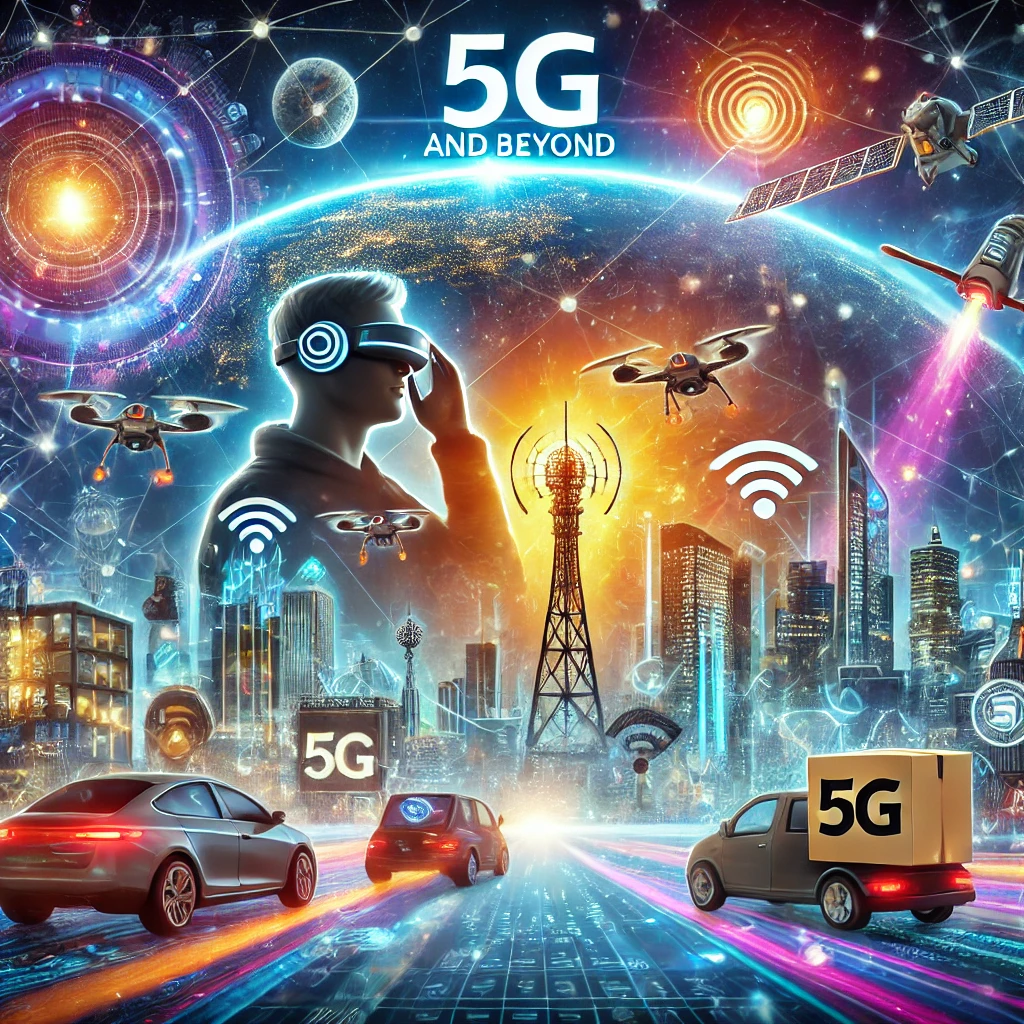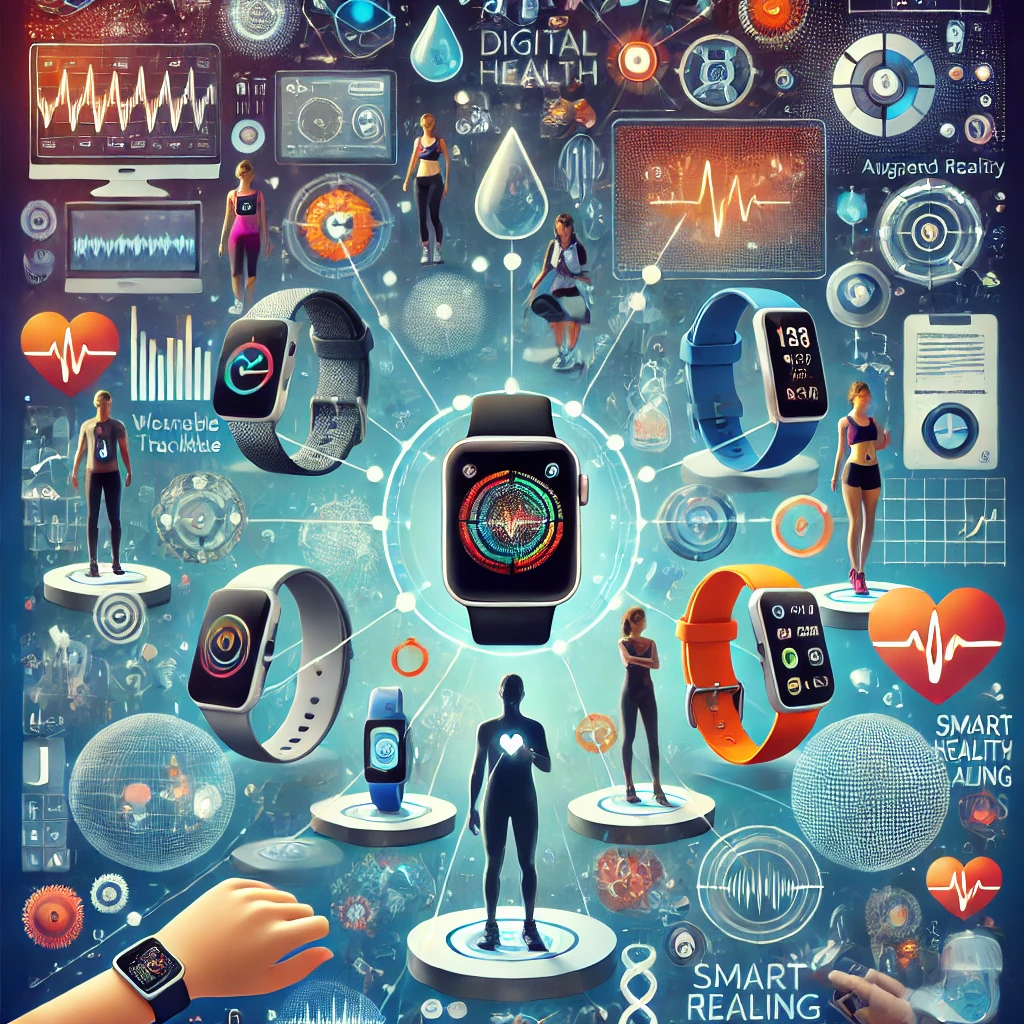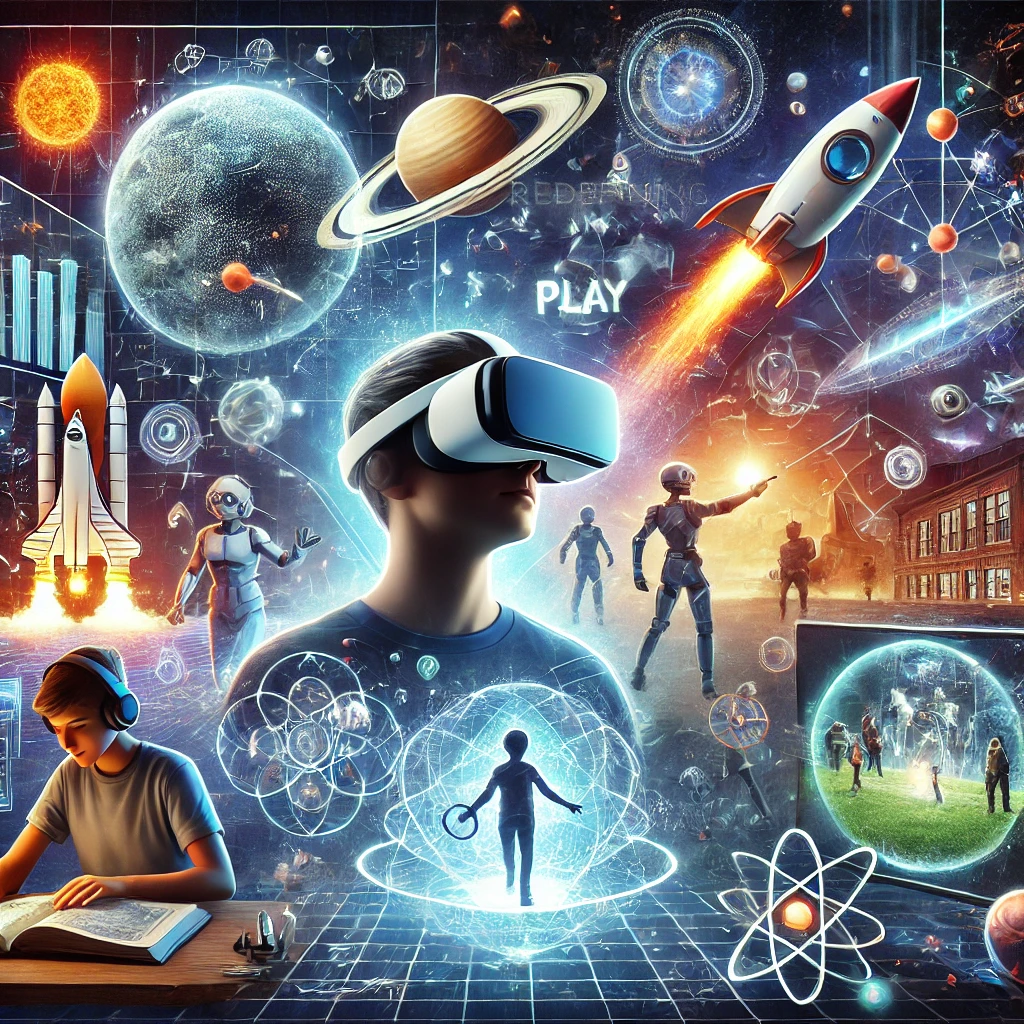The introduction of 5G technology has heralded a new age of connectivity, significantly altering our daily lives, work, and interactions with the digital realm. As the groundwork for upcoming innovations, 5G delivers unparalleled speed, minimal latency, and extensive capacity, making possible technologies that were once mere concepts. Beyond 5G, the evolution of 6G and other advancements promises to push limits even further, profoundly influencing the digital terrain.
What is 5G, and How is it Different?
5G, the fifth generation of mobile network technology, builds on previous generations to provide faster and more efficient connectivity. Here’s what distinguishes it:
Key Features
- Faster Speeds: 5G offers speeds up to 10 Gbps, significantly outpacing 4G LTE.
- Lower Latency: Latency is reduced to as little as 1 millisecond, allowing real-time communication.
- Higher Capacity: Supports more devices at once, accommodating the rising number of IoT devices.
Comparison to Previous Generations
- 3G: Introduced mobile internet but was slow for modern apps.
- 4G: Enabled streaming, gaming, and advanced mobile applications.
- 5G: Goes beyond streaming and basic IoT to support complex uses like autonomous vehicles, smart cities, and telemedicine.
The Impact of 5G on the Digital Landscape
Enhanced Mobile Experiences
- Streaming and Gaming: 5G enables seamless 4K/8K streaming and cloud gaming without lag.
- Augmented and Virtual Reality: AR and VR applications become more accessible and immersive, transforming entertainment and education.
IoT Revolution
- Smart Homes: 5G improves connectivity for IoT devices like smart thermostats, security cameras, and appliances.
- Smart Cities: Traffic management, energy grids, and public services benefit from real-time data exchange.
Business Transformation
- Industry 4.0: Manufacturing processes become more efficient with automated machinery and predictive maintenance.
- Telemedicine: Remote surgeries and diagnostics become feasible with low-latency connections.
- Workplace Collaboration: High-speed connections enable better video conferencing and virtual collaboration tools.
Transportation and Autonomous Vehicles
5G enables real-time communication between vehicles, infrastructure, and pedestrians, paving the way for safer and more efficient transportation systems.
Challenges and Concerns of 5G
While 5G offers vast potential, it comes with challenges that need addressing:
Infrastructure
- Deployment Costs: Building the infrastructure for 5G, including towers and fiber-optic networks, is expensive.
- Coverage Gaps: Rural areas might experience delays in accessing 5G, increasing the digital divide.
Security Risks
- Increased Vulnerability: More connected devices mean more potential entry points for cyberattacks.
- Data Privacy: Managing massive amounts of data raises concerns about storage, sharing, and usage.
Environmental Impact
- Energy Consumption: 5G networks consume more energy than previous generations, requiring sustainable solutions.
Beyond 5G: The Future of Connectivity
The development of 6G and other advanced technologies is already in progress, promising to further reshape the digital landscape.
What to Expect from 6G
- Unprecedented Speeds: Speeds up to 1 Tbps (terabit per second), allowing instantaneous data transfer.
- AI Integration: Artificial intelligence will optimize networks, enhancing efficiency and reliability.
- Holographic Communication: Real-time holograms for communication and entertainment.
Emerging Technologies
- Terahertz Waves: Higher frequency bands for faster data transfer.
- Quantum Networks: Secure and efficient data exchange leveraging quantum mechanics.
Applications of 6G
- Healthcare: Real-time monitoring and AI-driven diagnostics.
- Advanced AR/VR: Fully immersive virtual worlds for education, training, and entertainment.
Space Communication: Connecting Satellites and Terrestrial Networks Seamlessly
5. How Faster Connectivity is Reshaping Industries
A. Healthcare
- Telemedicine: Enhanced video consultations that are fast and reliable.
- Remote Surgeries: Surgeons can now perform operations worldwide with the help of robots.
B. Education
- Virtual Classrooms: AR and VR tools make lessons engaging and interactive.
- Global Access: High-speed internet connects remote and underserved regions.
C. Entertainment
- Immersive Content: Real-time, interactive experiences in gaming and virtual concerts.
- Personalized Media: AI-driven platforms tailor content to individual tastes.
D. Retail
- Smart Shopping: AR helps customers see products in their space before buying.
- Supply Chain Optimization: Real-time tracking of goods enhances logistics.
6. Preparing for the 5G Future
A. Policy and Regulation
- Governments and organizations need to create policies for fair access, data security, and environmental care.
B. Investments in Infrastructure
- Expanding 5G coverage, especially in rural and underserved areas, requires significant investments.
C. Education and Skills Development
- Workers need to be trained to use new technologies that come with faster connectivity.
Conclusion
5G and future technologies are not just advancements; they are driving a digital revolution that changes how we work, play, and learn. By enabling instant communication, encouraging innovation, and connecting billions of devices, these technologies are making possible what was once only imagined. To fully realize the potential of faster connectivity in shaping our world, addressing challenges and ensuring inclusivity are essential as we enter this new era.


